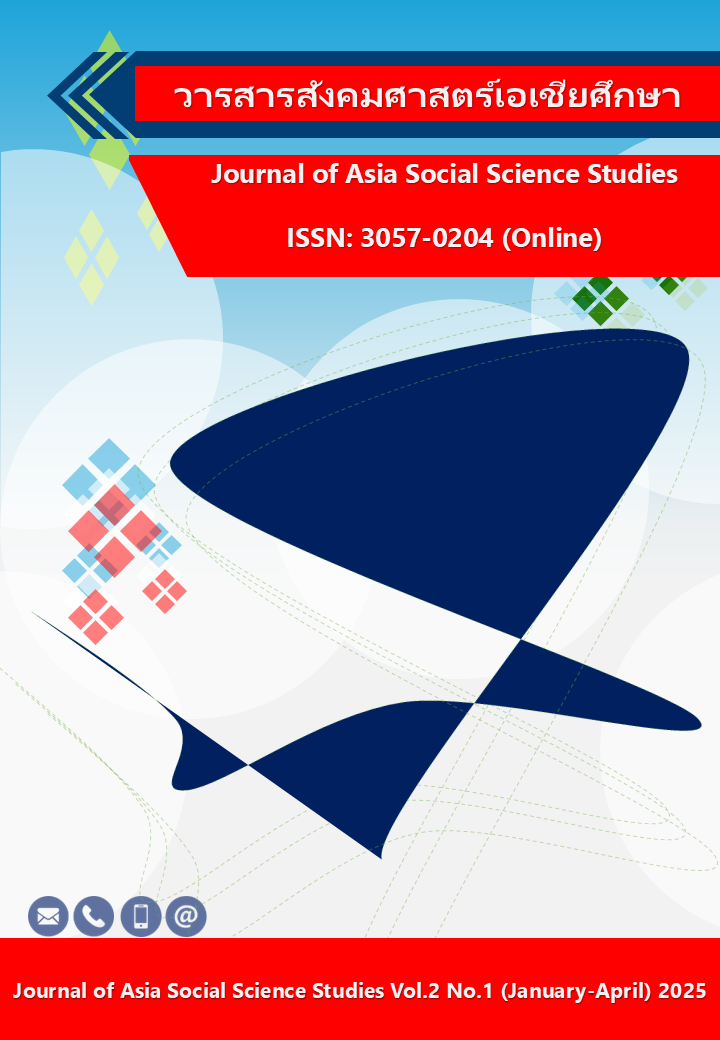A Comparative Study of the Impact of the Drug Suppression Policy and the Policy of Treating Drug Users as Patients: A Case Study of Village-Level in Kanchanaburi Province.
Main Article Content
Abstract
This study aims to examine and compare the impacts of the drug suppression policy and the policy of treating drug users as patients at the village level in Kanchanaburi Province. It also analyzes the differences in the social and economic impacts resulting from the implementation of both policies in the community, and investigates the opinions and attitudes of the community and stakeholders regarding the outcomes of the policies. The research employs a participatory research method, collecting data through interviews, focus group discussions, and community observations over one year. The findings reveal that the drug suppression policy at the community level can reduce the spread of drugs in the short term but still faces limitations in addressing the problem of drug users in the long term, especially due to the lack of an effective rehabilitation and treatment system. Despite this, community members still desire the continuation of this policy, although the suppression may cause tension in the community and the marginalization of drug users, which affects relationships between community members and stakeholders. On the other hand, the policy of treating drug users as patients received less support from the community, although the idea of rehabilitating drug users and reintegrating them into society was welcomed. The community had a positive attitude towards helping drug users without labeling them as criminals and believed that those who were treated had a chance to return to normal life. A comparison of the social and economic impacts of both policies revealed that the drug suppression policy provided short-term safety but still left the problem of drug users who could not reintegrate into society. Meanwhile, the policy of treating drug users as patients helped reduce social impacts and showed long-term benefits, but it did not lead to a significant reduction in the number of drug users. Both policies have their own advantages and limitations, but a combination of law enforcement and effective, sustainable rehabilitation for drug users could be an effective solution to addressing the drug problem in the community.
Article Details

This work is licensed under a Creative Commons Attribution-NonCommercial-NoDerivatives 4.0 International License.


